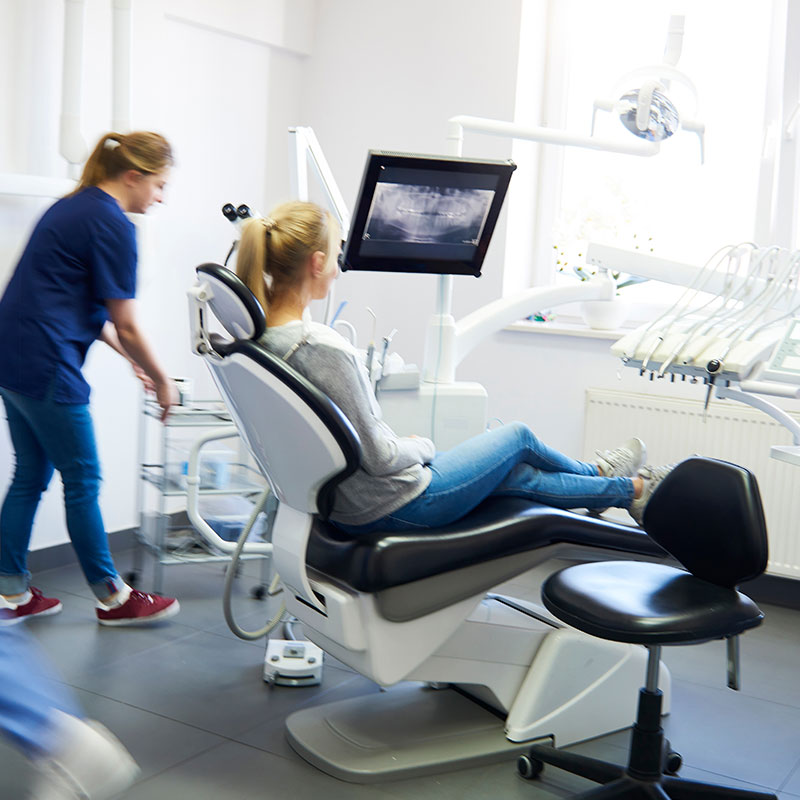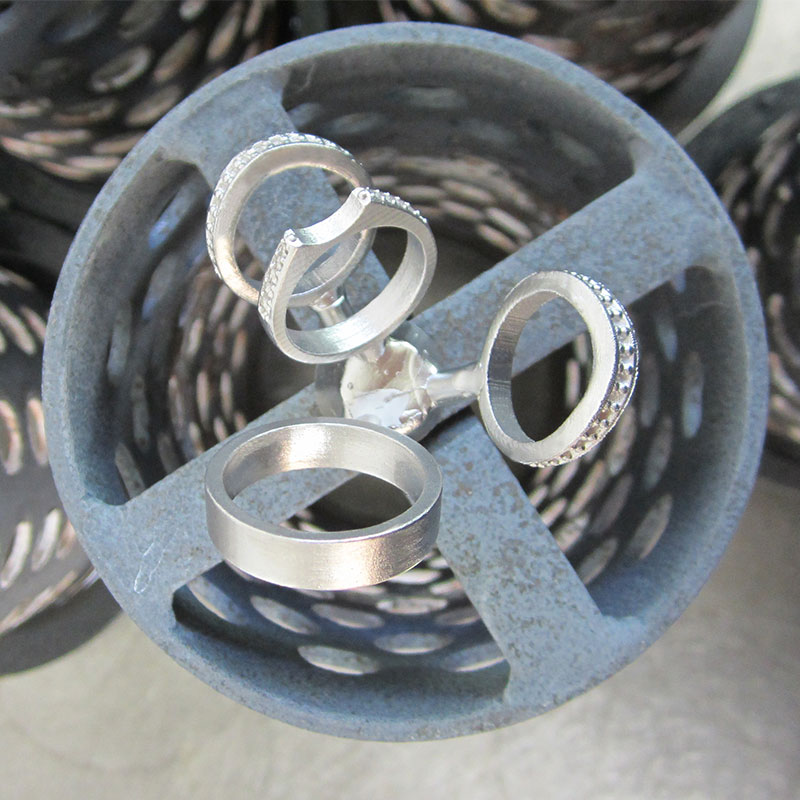Inexpensive 3D printed microfluidics device could be used to personalise cancer treatment
A very nice surprise and a great way to start 2019 is to see how our 3D printers are being used to investigate personalised care for cancer patients.
MIT and Draper researchers have 3D printed a novel microfluidic device that simulates cancer treatments on biopsied tumor tissue, so clinicians can better examine how individual patients will respond to different therapeutics — before administering a single dose.
“The Asiga printer was arguably the best choice to develop our chip. First, it is a commercial high-resolution DLP printer with the smallest pixels available that repeatedly creates the smallest printed features, which is ideal for a microfluidic application. Second, the Asiga printers can process a wide variety of resins, giving us the opportunity to closely match the functional requirements of our device with those of the printable material. The Asiga printers are an ideal platform for developing complex microfluidics that might decisively contribute to improve healthcare.”
Luis Fernando Velasquez-Garcia, Principal Research Scientist, Massachusetts Institute of Technology (MIT)
Thank you MIT and Draper – keep up the excellent work.

Share:































